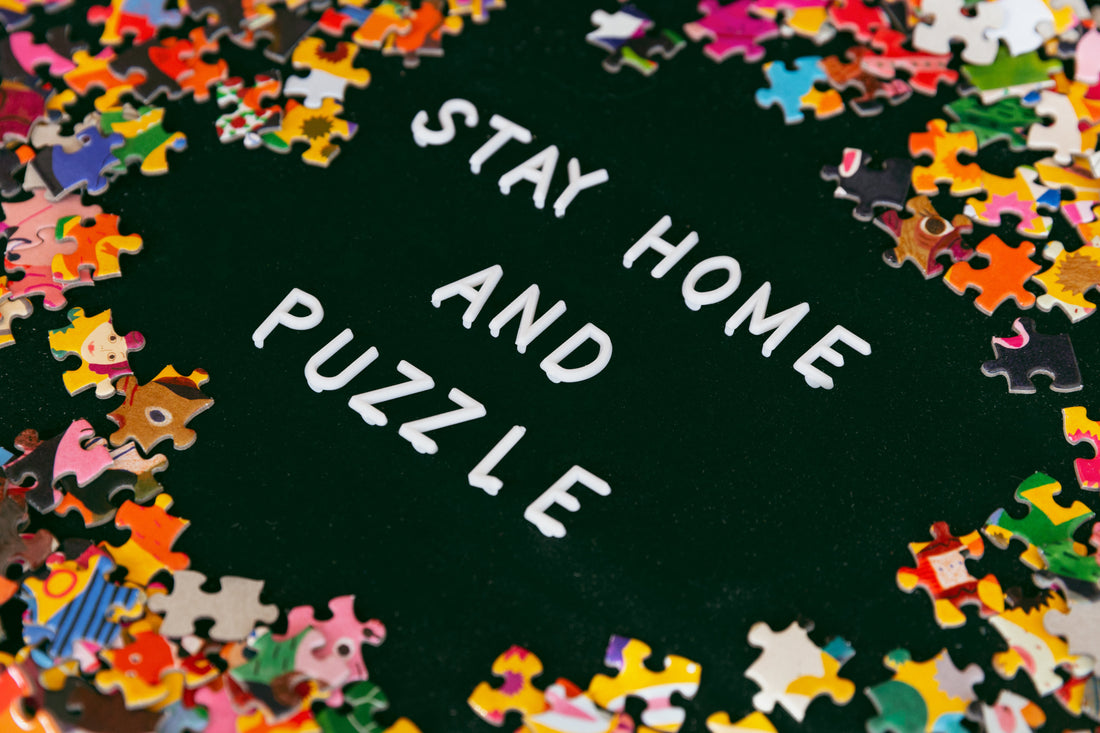Exploring the Fascinating World of Wooden Puzzles
Introduction: Wooden puzzles have been captivating minds and providing hours of entertainment for centuries. These intricately designed brain teasers not only challenge our problem-solving skills but also showcase the beauty and craftsmanship of wood. In this blog post, we'll dive into the wonderful world of wooden puzzles, exploring their history, benefits, and the joy they bring to both children and adults alike.
- A Brief History:
Wooden puzzles have a rich history that dates back to ancient civilizations. The first recorded evidence of puzzles can be traced to the Egyptians, who carved intricate patterns into wooden blocks. In the 18th and 19th centuries, wooden jigsaw puzzles gained popularity and became a favorite pastime for people of all ages. Today, wooden puzzles continue to evolve, incorporating new designs and challenges.
2.The Appeal of Wooden Puzzles:
Cognitive Benefits: Wooden puzzles provide numerous cognitive benefits. They enhance problem-solving skills, critical thinking, spatial reasoning, and logical reasoning. As you manipulate the wooden pieces, you engage your brain in a unique way, stimulating neural connections and improving cognitive abilities.
Tactile Experience: One of the distinct advantages of wooden puzzles is their tactile nature. The feel of the smooth wood in your hands adds a sensory element to the puzzle-solving process, making it a delightfully immersive experience. The weight and texture of the wooden pieces bring a sense of authenticity and craftsmanship to the activity.
Time Away from Screens: In a world dominated by screens, wooden puzzles offer a refreshing break from digital devices. They encourage unplugged play, allowing individuals to disconnect from technology and engage in a mindful, hands-on activity. This break from screens is not only beneficial for mental well-being but also promotes better social interactions.
- Types of Wooden Puzzles:
Interlocking Puzzles: Interlocking puzzles consist of several wooden pieces that fit together to form a complete object or shape. Examples include traditional jigsaw puzzles, tangrams, and three-dimensional puzzles. These puzzles challenge your spatial skills and require patience and creativity to solve.
Disentanglement Puzzles: Disentanglement puzzles, also known as "string puzzles," involve freeing a trapped object from a complex network of interconnected wooden pieces. These puzzles test your dexterity, problem-solving abilities, and patience.
Brain Teasers: Brain teasers are small, portable wooden puzzles that typically consist of a few pieces. They come in various shapes and configurations, such as the classic "Soma Cube" or the "Tangram Square." Brain teasers are great for quick mental stimulation and can be enjoyed during short breaks or while traveling.
- The Joy of Wooden Puzzles:
Educational Value: Wooden puzzles offer an excellent platform for learning, particularly for young children. They promote cognitive development, improve fine motor skills, enhance hand-eye coordination, and foster perseverance. Wooden puzzles also encourage early problem-solving skills and shape recognition.
Relaxation and Stress Relief: Solving a wooden puzzle can be a calming and meditative experience. The focus and concentration required to manipulate the pieces help reduce stress and anxiety. Engaging in this tactile activity allows your mind to unwind and find a sense of inner peace.
Bonding and Social Interaction: Wooden puzzles are not limited to solo play. They can be enjoyed as a social activity, bringing family and friends together. Collaborating on a challenging puzzle can strengthen relationships, foster teamwork, and create lasting memories.
Conclusion: Wooden puzzles are timeless treasures that offer a range of benefits for individuals of all ages. From enhancing cognitive abilities to providing a break from screens, these captivating brain teasers have a unique appeal.

